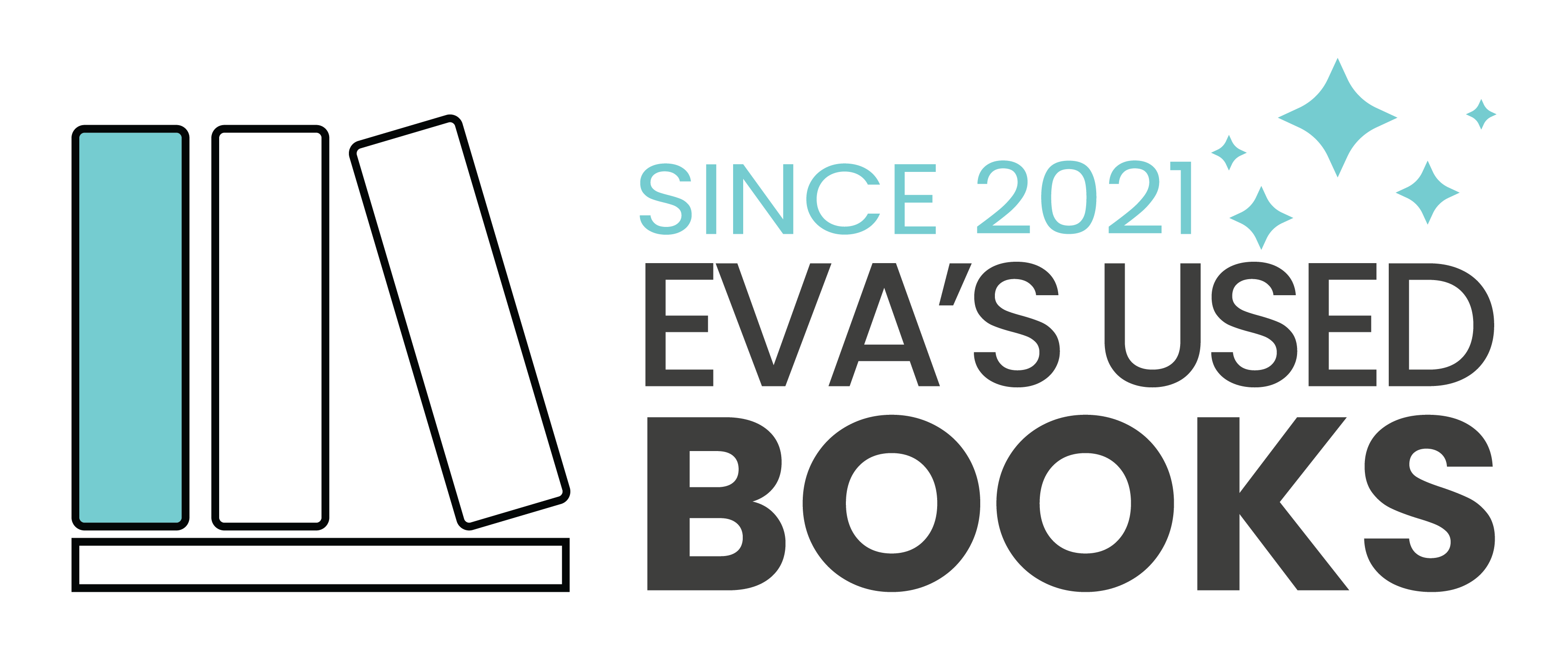Search
Custom Menu
Archive
- April 2025
- December 2024
Recent Post
You Know Your a Book Ad... Jul 22, 2025
Shipping, Surprises, an... Jul 02, 2025
How to Choose the Right... May 26, 2025
Tags
The Best Book-to-Movie Adaptations: Horror Edition
Posted By: Chava Burnham | Posted On:

So many movies these days are book-to-movie adaptations, one would think the filmmakers are running out of original ideas. And if you didn’t know that the following three films were based on books, make sure to pick up a copy of them at Eva’s Used Books, your friendly used English bookstore in Israel.
Let’s get gritty and scary as we examine three of the best book-to-movie adaptations in the horror genre.
1. Frankenstein by Mary Shelley

The Book
Written in 1818, Frankenstein by Mary Shelley is about a slightly unhinged scientist, Dr. Victor Frankenstein, who comes up with the idea to cobble together a humanoid creature made from parts of other humans. Dead humans. And as one might expect, this creature escapes from Dr. Frankenstein’s grasp and– has an existential crisis. Not quite what you were expecting, right?
Frankenstein is largely considered to be the very first written work of science fiction, blending horror with an idea that, even by modern standards, is frightening. It explores the possibility of one human creating life and what happens when that creation becomes sentient. This idea of a creation having its own thoughts is similar to the modern fear that robots and Artificial Intelligence will bypass their programming and become sentient. How do we control something that is smarter, faster, more powerful, and thinks its own thoughts?
Though Mary Shelley wrote Frankenstein as part of a competition among friends, she effectively opened a whole world of possibilities regarding science and horror. And what better way to adapt this story than as a movie.
The Movie
The novel Frankenstein has spawned more than 20 movies and has been open to interpretation by many actors and directors. Some of the versions have been serious, some are parodies, and there are well-known sequels, such as Bride of Frankenstein.
So which Frankenstein movie is the best?
Frankenstein (1931) was directed by James Whale and starred Boris Karloff, who has become a quintessential horror movie icon for his portrayal of Frankenstein’s monster. This movie was made over 90 years ago and still packs a punch. Karloff’s version of the Monster is what most people think of when they think of Frankenstein. According to the review website Rotten Tomatoes, Frankenstein “explores the fine line between genius and madness.”
Part of what makes this movie so good is the special effects. The man behind the madness, Kenneth Strickfaden, got his hands on a Tesla Coil designed by Nikola Tesla to create the electricity effects needed to power the creation of Frankenstein’s monster.
Frankenstein is such a powerful, important piece of our culture because of the tropes it inspired and its impact on the horror genre. And the Library of Congress agrees. In 1991, Frankenstein was selected for preservation in the National Film Registry for its importance to culture and history.
2. The Silence of the Lambs by Thomas Harris

The Book
Published in 1988, The Silence of the Lambs by Thomas Harris is part of a longer series of books called Hannibal Lecter and is a sequel to the novel Red Dragon. The movie is instantly recognizable to most people, but we must put credit where it’s due. The book is an amazing foundation for an equally amazing movie. And as I always say– to make a good movie from a book, you need good source material.
The Silence of the Lambs follows the story of an FBI agent named Clarice, who is tasked with interviewing a forensic scientist and cannibal, Hannibal Lecter, who is serving several consecutive life sentences in prison for a series of murders. The real reason Clarice is interviewing Lecter is to help find a serial killer named Buffalo Bill, who kidnaps women, starves, and skins them. Through Lecter’s psychological evaluation and his own cunning and manipulation, Clarice believes she knows who Buffalo Bill really is and goes after him.
The book was well received upon its publication and spawned the popular movie of the same name.
The Movie
The film adaptation of The Silence of the Lambs was released in 1991. It stars Sir Anthony Hopkins and Jodie Foster, who both received accolades from the Academy Awards. The film was generally well-received by movie reviewers.
The terrifying qualities of this movie include Sir Anthony Hopkins’ portrayal of the Hannibal Lecter character. Rather than bolster the movie with jump-scares and other classic horror movie tropes, The Silence of the Lambs focuses on psychological horror, digging deep into the characters’ psychosis. Jodie Foster’s character is forced to relive her worst memories of the screaming lambs on the farm she lived on as a child.
Another interesting feature is that prior to the movie’s release, most “monsters” and “bad guys” were grimy, dirty, and lacking intelligence. This is contrasted with Buffalo Bill’s polished, clean, intelligent evil.
In 1998, The Silence of the Lambs was listed on the 100 Greatest Films in the Past 100 Years by the American Film Institute. It is still regarded as one of the best horror films ever made.
Have the lambs stopped screaming yet?
3. The Legend of Sleepy Hollow by Washington Irving

The Book
The Legend of Sleepy Hollow by Washington Irving is a short story that was included in his collection, The Sketch Book of Geoffrey Crayon, Gent. It was originally published in 1819 and is a perfect example of a long-enduring horror story that has been adapted into several films.
This story is about the famous horror character, the Headless Horseman, said to roam Sleepy Hollow in New York. The story follows the perils of Ichabod Crane, who travels to Sleepy Hollow to make himself useful to the townspeople, in addition to teaching at the school. However, he falls into a scheme with Brom Bones to attempt to marry the daughter of the wealthy Van Tassel family. Ichabod fails to secure the daughter’s hand, so he heads into the forest, where he encounters the Headless Horseman. Ichabod is never seen again.
The Movie
There are several adaptations of The Legend of Sleepy Hollow. However, I will be referring to the film version released in 1999, directed by Tim Burton and starring Johnny Depp and Christina Ricci. While this film is not Tim Burton’s best, it still holds true to Burton’s style of filmmaking through the use of visuals and special effects available at the time. It remains a popular scary movie because of the mystery surrounding the Headless Horseman and what or who he is. Plus, Johnny Depp is excellent in this film as he is able to “disappear into the role,” according to Roger Ebert.
What are your favorite horror Book-to-Movie adaptations? Let us know in the comments!
Written by Nicole Madigan





